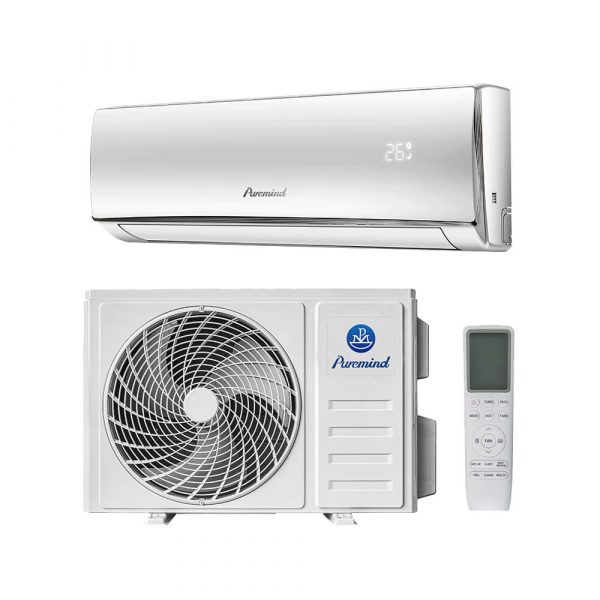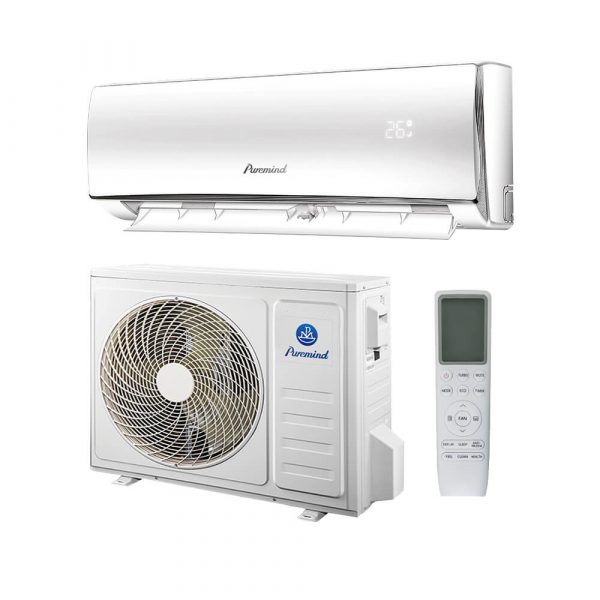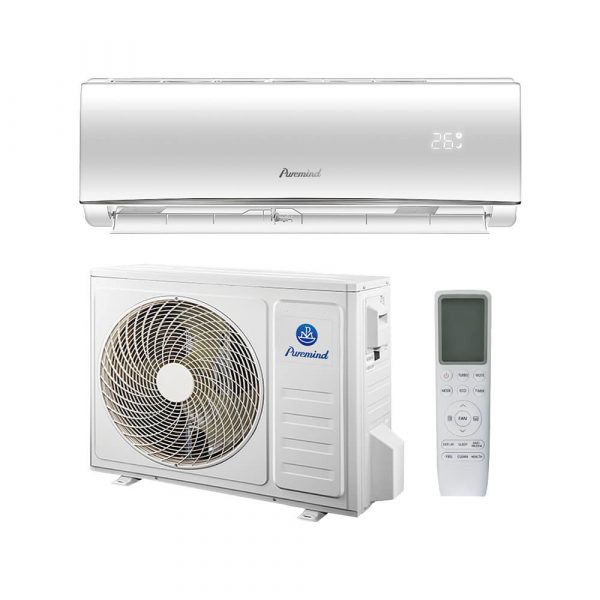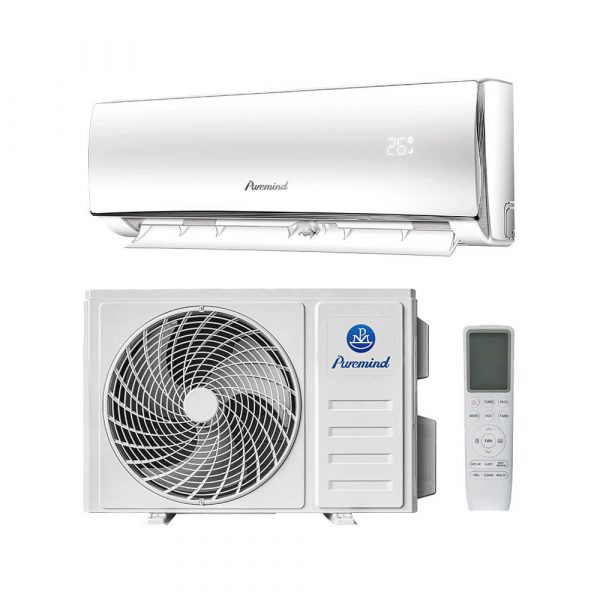What Split Air Conditioner Means: Complete Guide for Wholesalers and Distributors
For HVAC wholesalers, suppliers, and distributors, understanding exactly what split air conditioner means is essential to guide clients, optimize inventories, and identify new business opportunities. This comprehensive article explains the definition, components, working principle, advantages, and industry trends of split air conditioners, providing the practical knowledge needed for B2B success in a fast-evolving HVAC market.
What Does Split Air Conditioner Mean?
A split air conditioner refers to an air conditioning system that divides its main components into two separate units: the indoor unit and the outdoor unit. This split design allows for flexible installation, quieter operation, and improved energy efficiency compared to traditional window or packaged AC units.
- Indoor Unit: Contains the evaporator coil and blower, mounted on a wall, ceiling, or floor inside the building.
- Outdoor Unit: Houses the compressor, condenser coil, and fan, installed outside the building envelope.
- Refrigerant Lines: Copper tubing connects both units, carrying refrigerant and facilitating heat exchange.
How Does a Split Air Conditioner Work?
The split air conditioner operates by transferring heat from the indoor air to the outdoors, using a closed-loop refrigeration cycle. Here’s a step-by-step breakdown:
- Indoor unit absorbs heat from room air via the evaporator coil.
- Refrigerant carries heat to the outdoor unit through insulated copper lines.
- Outdoor unit expels heat into the outside environment with the condenser coil and fan.
- Cooled refrigerant returns to the indoor unit, repeating the cycle for consistent comfort.
For more details and product listings, visit our split air conditioner category.
Types of Split Air Conditioners
- Single-Split System: One indoor unit matched to one outdoor unit; ideal for individual rooms.
- Multi-Split System: Multiple indoor units connected to a single outdoor unit; serves larger homes or offices.
- Inverter Split AC: Uses variable speed compressor for higher efficiency and quieter performance.
- Ceiling Cassette/Concealed Ducted: Designed for commercial and large residential installations.
Key Benefits of Split Air Conditioners
- Flexible Installation: Separate units allow more placement options and less structural impact.
- Quiet Operation: The noisy compressor is placed outdoors, reducing indoor noise levels.
- High Energy Efficiency: Inverter and high-SEER models deliver greater savings and lower emissions.
- Enhanced Aesthetics: Sleek indoor units blend seamlessly with modern interiors.
- Improved Air Quality: Advanced filters and purification features are standard in most models.
- Easy Maintenance: Modular design simplifies servicing and repairs.
Applications and Sizing Considerations
Split air conditioners are suitable for residential bedrooms, offices, commercial spaces, and server rooms. Sizing is critical: match BTU/tonnage to room volume, insulation, and climate zone. For large or multi-zone applications, consider a multi-split or VRF (variable refrigerant flow) system. Refer to our split air conditioner catalog for options and sizing guidance.
Comparing Split ACs with Other AC Types
| AC Type | Structure | Installation | Efficiency | Noise |
|---|---|---|---|---|
| Split AC | Indoor + Outdoor | Wall/Ceiling/Floor | High | Low |
| Window AC | Single Unit | Window Opening | Medium | High |
| Packaged AC | Single Unit | Rooftop/Outside | Medium | Medium |
Market Trends and Innovations in Split Air Conditioning
- Smart Connectivity: WiFi control and mobile apps for remote operation and scheduling.
- Eco-Friendly Refrigerants: Shift to R32 and other low-GWP options for sustainability.
- Integrated Air Purification: HEPA and plasma filters for cleaner indoor air.
- Quiet and Compact Designs: Slimline and ultra-silent units for modern living and office spaces.
- Energy Efficiency Regulations: Adoption of high-SEER/inverter models to meet government standards.
Best Practices for HVAC Wholesalers and Distributors
- Educate Your Team: Provide regular training on features, sizing, and installation requirements.
- Maintain Updated Catalogs: Offer a full range of split air conditioner models and specifications.
- Streamline Logistics: Coordinate stock based on seasonal trends and project demands.
- Support Customer Selection: Guide clients on system choice, sizing, and energy savings.
- Leverage Content Marketing: Publish guides, comparison charts, and product spotlights for B2B audiences.
Frequently Asked Questions about Split Air Conditioner Means
- Does “split air conditioner” mean two separate units?
Yes, the system splits key components into indoor and outdoor units, joined by refrigerant lines. - Is a split AC better than a window AC?
In most cases, split ACs are quieter, more efficient, and more flexible in installation. - Can split air conditioners heat as well as cool?
Many modern split systems are heat pumps, providing both cooling and heating modes. - Where can I find more about split air conditioner options?
Visit our split air conditioner product page for details.
Conclusion: Why Knowing What Split Air Conditioner Means Matters
For wholesalers, suppliers, and distributors, a clear understanding of what split air conditioner means empowers you to guide clients, optimize your product portfolio, and seize new business opportunities. Stay informed about the latest technologies and best practices by visiting our split air conditioner catalog—and position your business as an HVAC industry leader.







